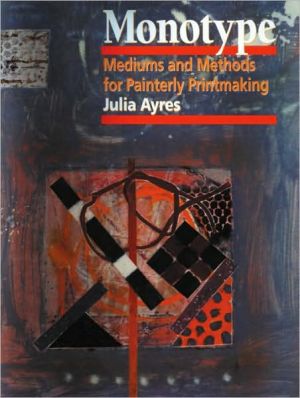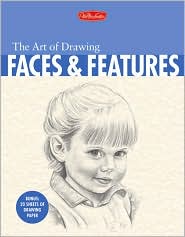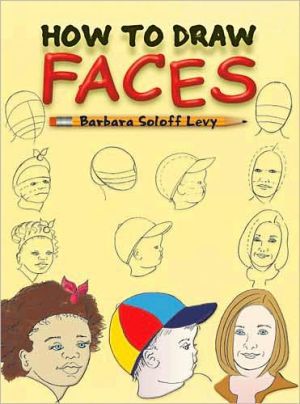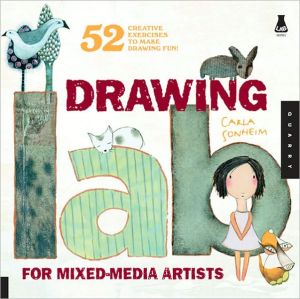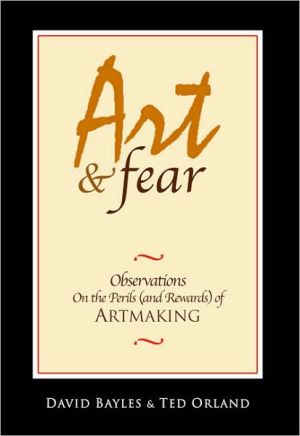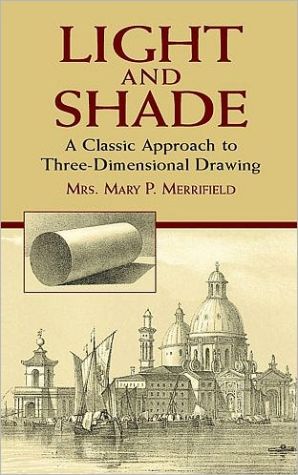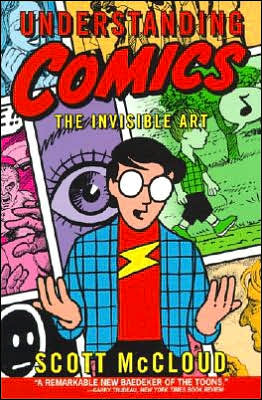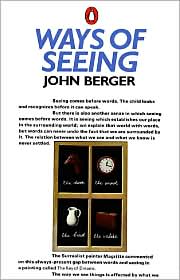Monotype: Mediums and Methods for Painterly Printmaking
Now in paperback! The art of monotype has experienced a surge of popularity in recent years, and artists working in other mediums will enjoy exploring the creative potential this process offers them. A brief history of monotype is followed by a comprehensive chapter on materials. The step-by-step instructions are accompanied by some of the finest examples of monotype being done today.
Search in google:
The art of monotype has experienced a surge of popularity in recent years, and artists working in other mediums will enjoy exploring the creative potential this process offers them. A brief history of monotype is followed by a comprehensive chapter on materials. The step-by-step instructions are accompanied by some of the finest examples of monotype being done today. Library Journal The first printmakers were cave people who painted their hands and slapped them against cave walls. Today, printmakers like Ayres still use methods nearly as simple. Others, like printmaker and painter Welden, have created completely new processes, like his solarplate method. Monotypes, the subject of Ayres's book, are created by applying oil- or water-based paint to a flat plate. By pressing a dampened sheet of paper to the plate, a single print is made. The earliest such prints go back to Giovanni Benedetto Castiglione, around 1640. Later, Degas and Gauguin experimented with the method. Today, there is a virtual explosion of new ways to create monotypes. Ayres explores the work of a variety of such artists, who demonstrate imaging techniques, masks, stencils, collage, and mixed-media prints. The results vary from traditional images to eccentric, colorful fantasies. In 1972, Welden discovered that polymer printers' plates could be used in printmaking by exposing them to the sun. Draw on a transparency, place it over the plate, expose it to the sun, and the plate is, in effect, etched for printing. The method is now widely used, and Welden and Muir have produced the first book on this extremely versatile art. Both books are highly recommended. Copyright 2001 Cahners Business Information.
Introduction8Chapter 1Materials13Plates14Mediums19Solvents24Safety in the Studio24Painting Tools and Palettes25Paper28Hand-Transfer Tools32Equipment for Press Transfer34Printmaking Workshop Facilities37Chapter 2Basic Imaging Techniques39Working into a Light Field40Working from a Dark Field46Additional Techniques52Chapter 3Printing the Plate Work55Hand Transfers56Press Transfers64Other Types of Transfers67Chapter 4Working in Specific Mediums73Watercolors74Other Water-Based Mediums82Oil Paints90Oil-Based Printing Inks98Chapter 5Special Techniques107Masks and Stencils108Embossments113Collage118Chapter 6Monoprints and Mixed-Media Monotypes123An Overview of Intaglio Techniques124An Overview of Other Techniques130Experimenting with Mixed Media136Biographical Notes140Mail-Order Supply Sources142Index143
\ Library JournalThe first printmakers were cave people who painted their hands and slapped them against cave walls. Today, printmakers like Ayres still use methods nearly as simple. Others, like printmaker and painter Welden, have created completely new processes, like his solarplate method. Monotypes, the subject of Ayres's book, are created by applying oil- or water-based paint to a flat plate. By pressing a dampened sheet of paper to the plate, a single print is made. The earliest such prints go back to Giovanni Benedetto Castiglione, around 1640. Later, Degas and Gauguin experimented with the method. Today, there is a virtual explosion of new ways to create monotypes. Ayres explores the work of a variety of such artists, who demonstrate imaging techniques, masks, stencils, collage, and mixed-media prints. The results vary from traditional images to eccentric, colorful fantasies. In 1972, Welden discovered that polymer printers' plates could be used in printmaking by exposing them to the sun. Draw on a transparency, place it over the plate, expose it to the sun, and the plate is, in effect, etched for printing. The method is now widely used, and Welden and Muir have produced the first book on this extremely versatile art. Both books are highly recommended. Copyright 2001 Cahners Business Information.\ \
